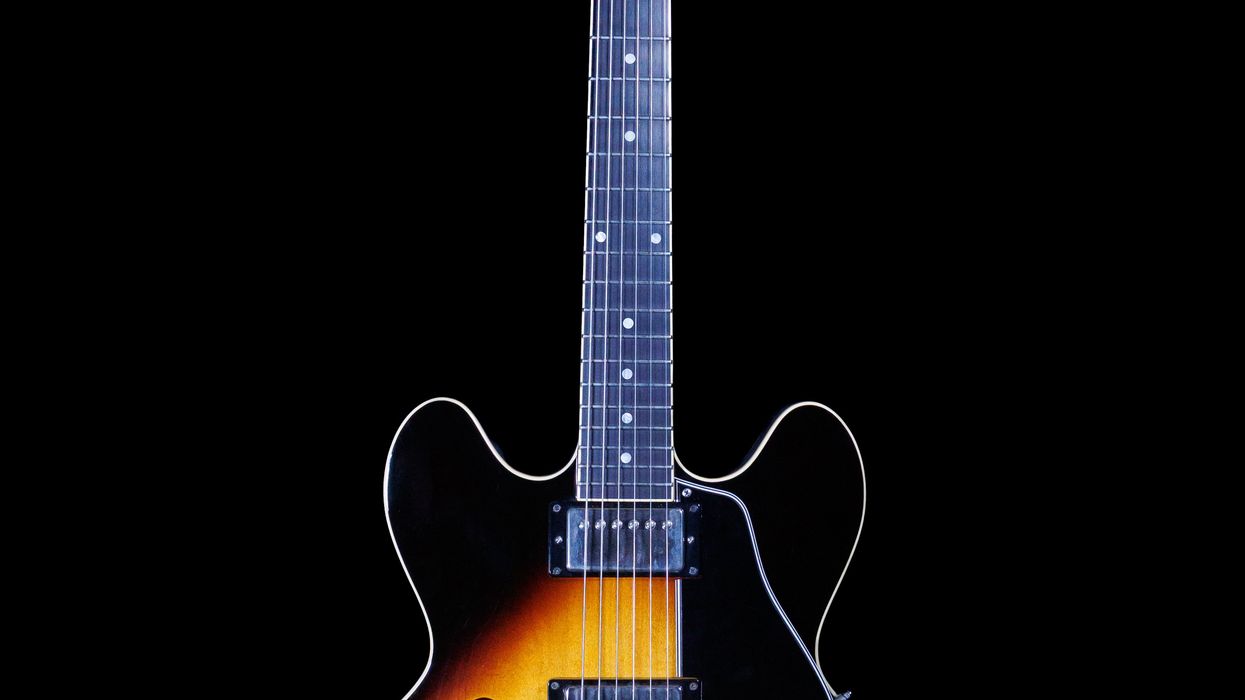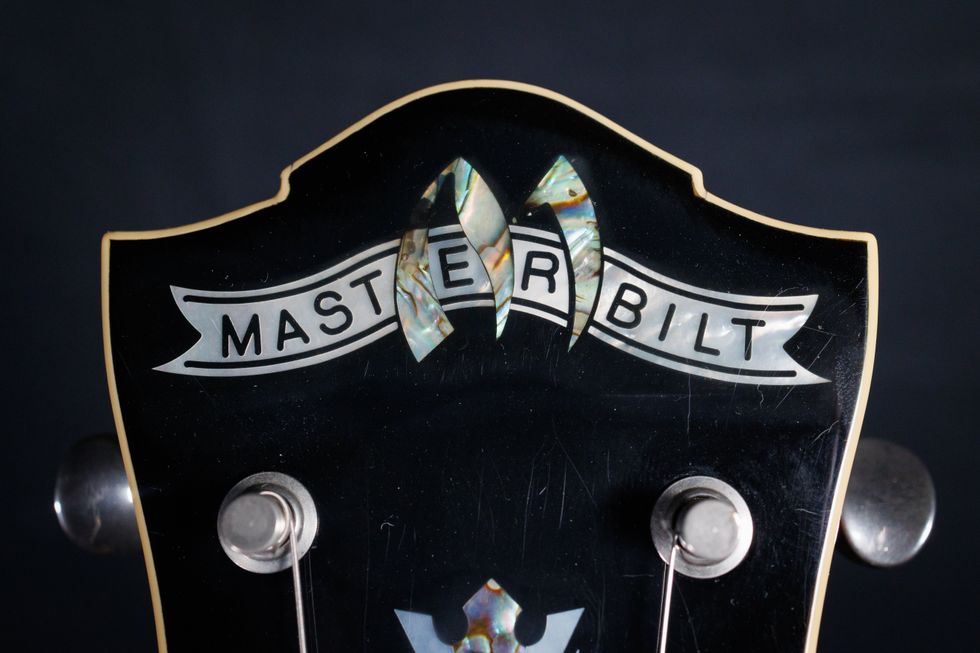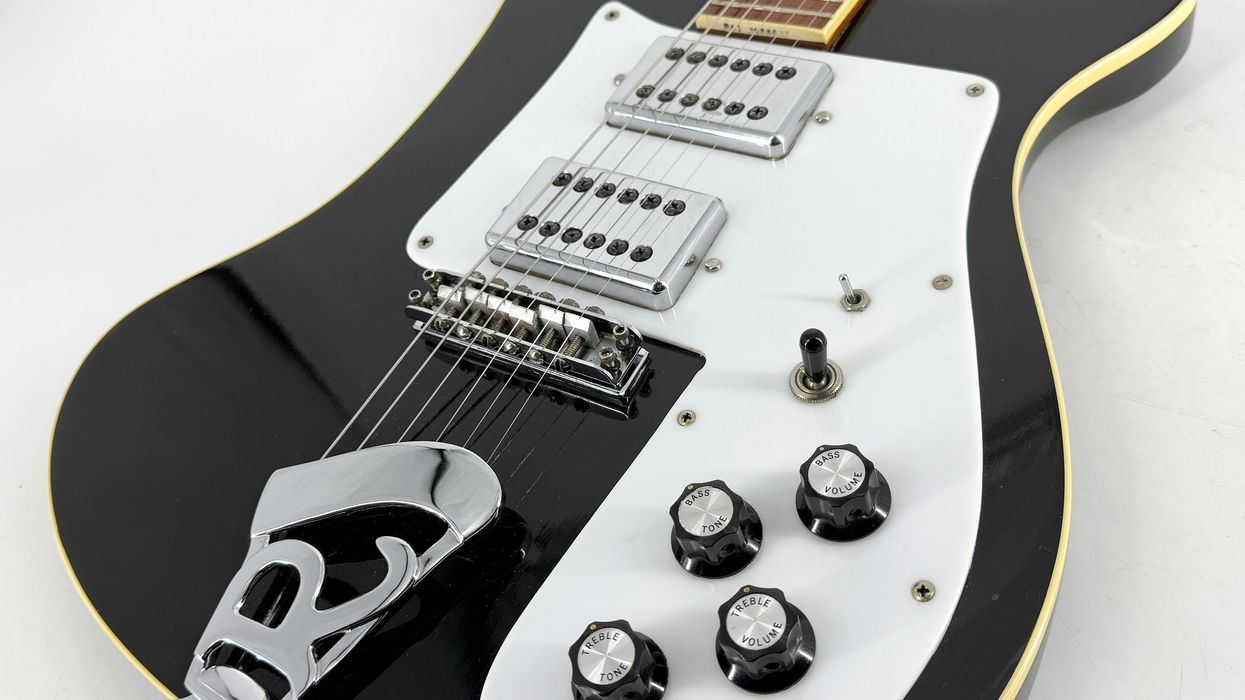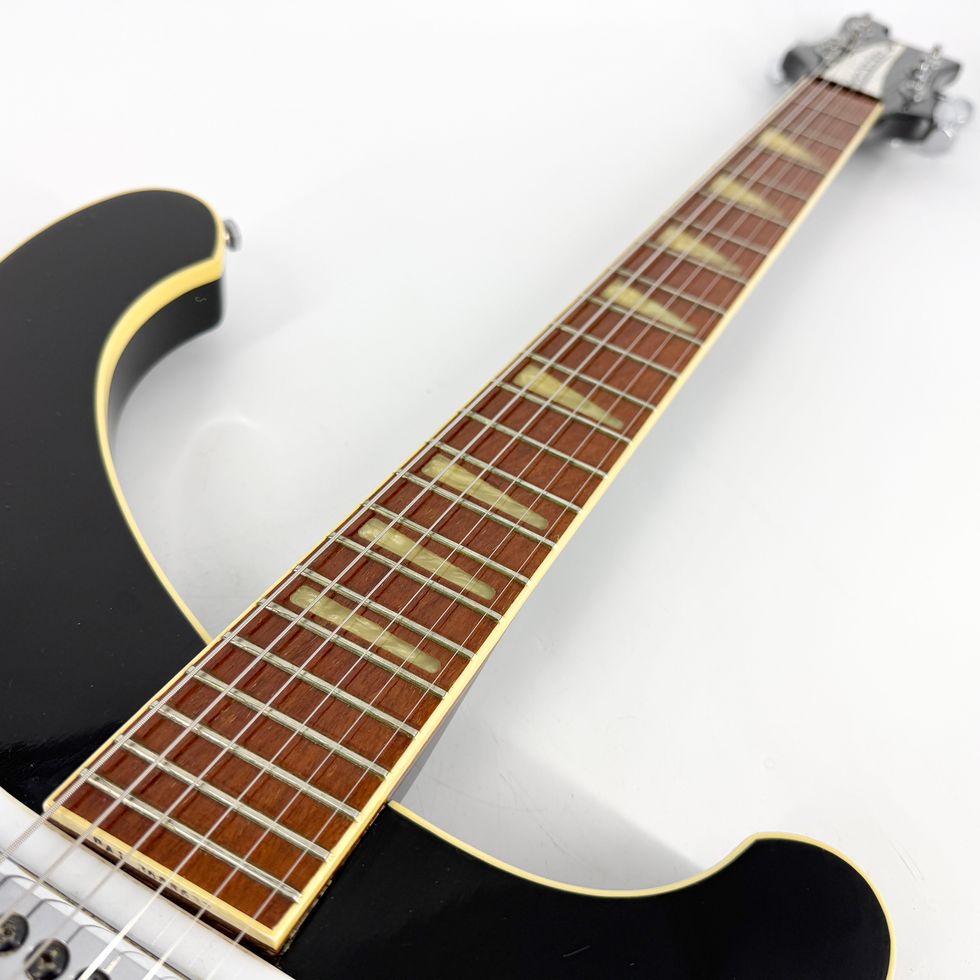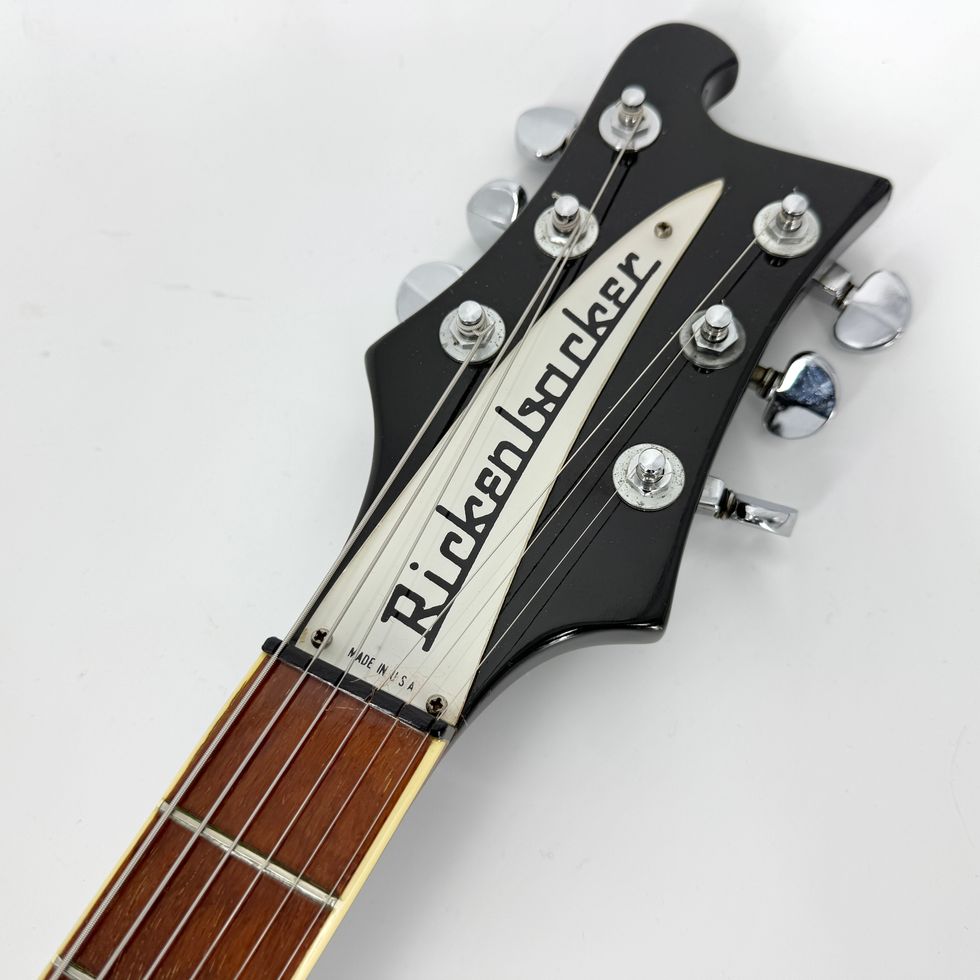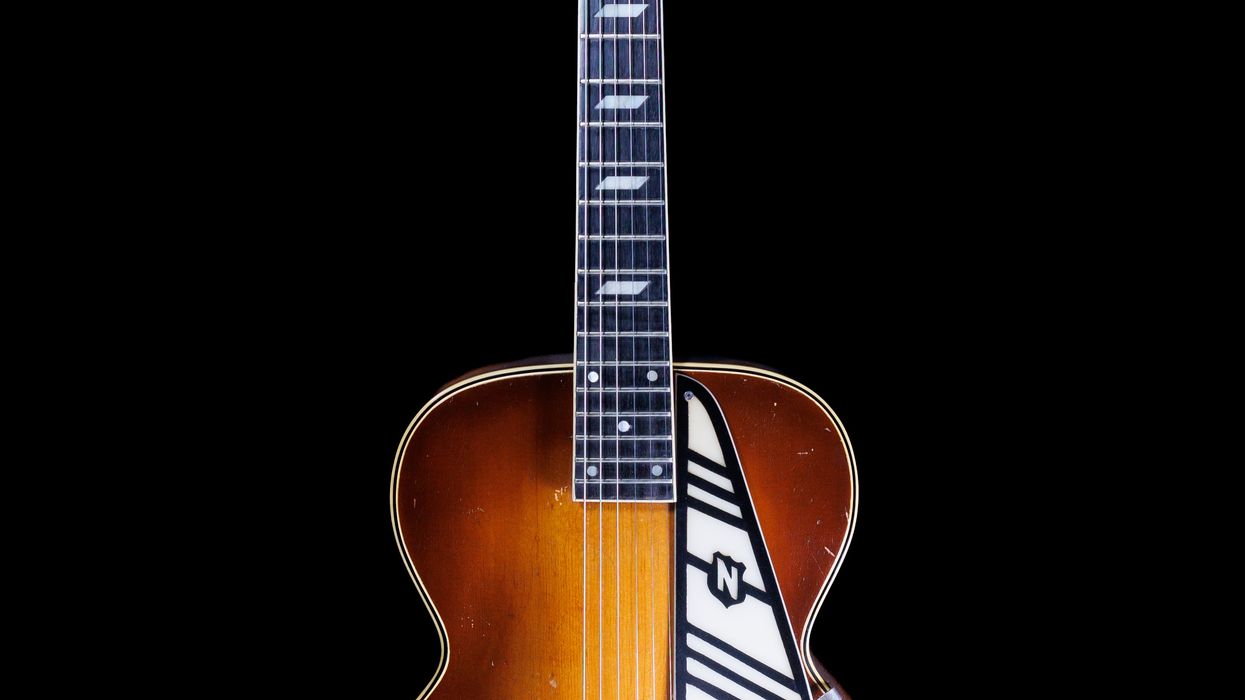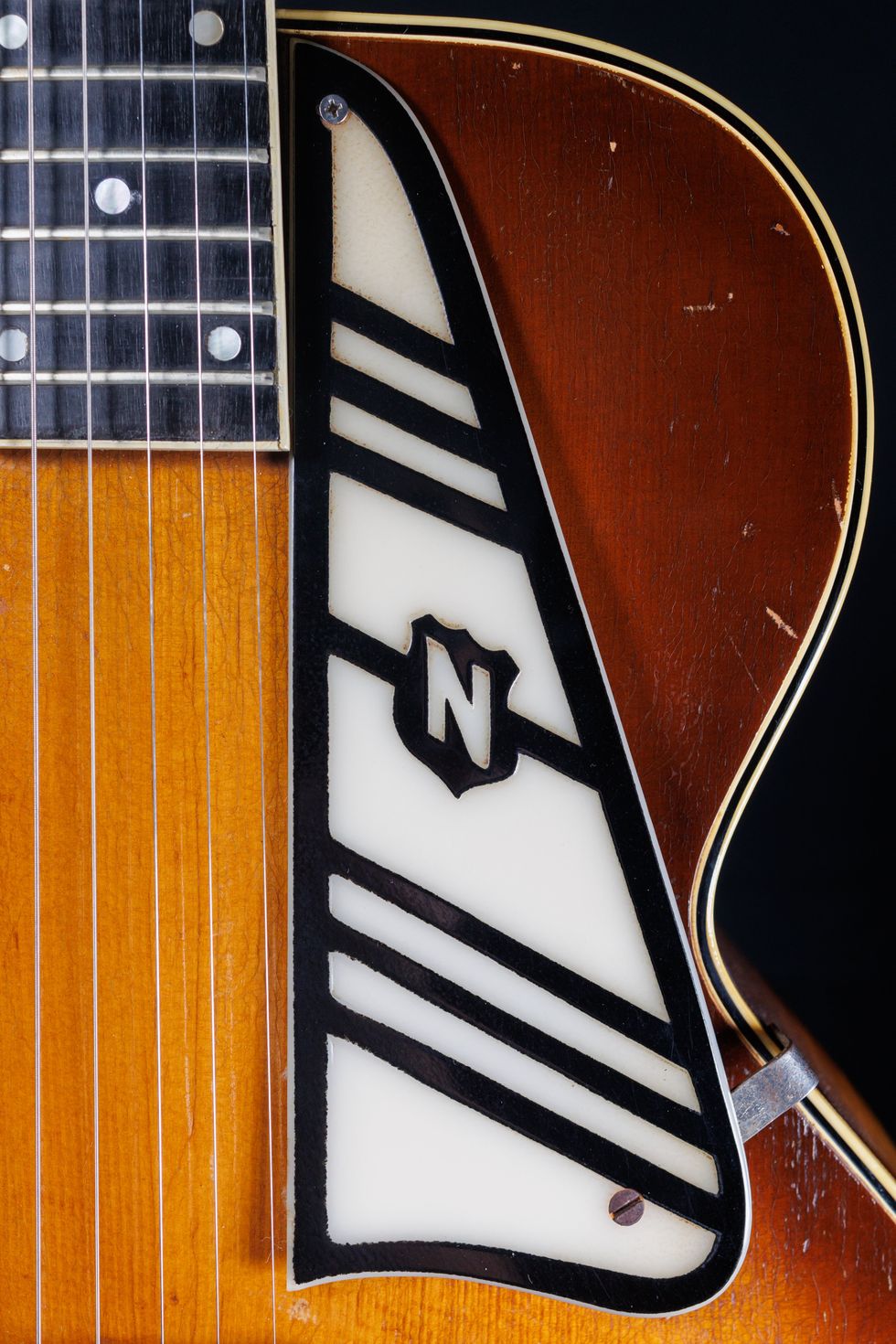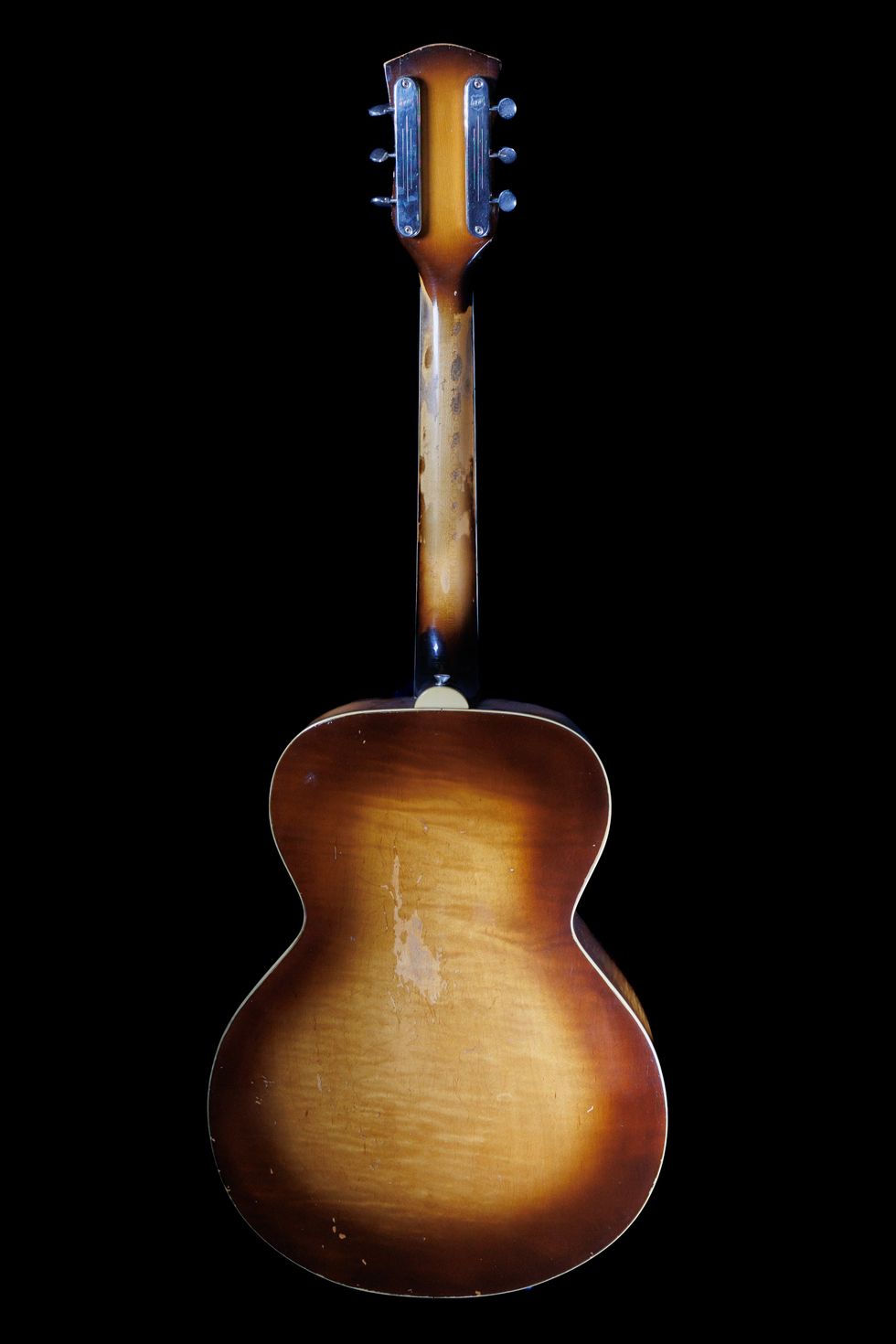When life gives you lemons, you could make lemonade, but sometimes it’s just too much darn trouble. You don’t have enough sugar at home. You have a paper cut, and nothing is worse than citrus on a paper cut. You might just choose to ditch the lemons and cut your losses.
This gorgeous 1958 Guild X-350B came through our doors at Fanny’s House of Music and told us a sweeping tale of sour times and sweet times, taking us all the way from Turkey to New York. This is the story of how Guild picked up Epiphone’s lemons and made some lemonade.
In 1873, a 12-year-old Greek boy named Anastasios Stathopoulo, who had just moved with his family to İzmir, Turkey, began acquiring woodworking skills by watching his father, a lumber merchant, at work. Anastasios, however, was much more interested in the local folk music scene than in carrying on the family business, and in 1890, he started his own musical instrument manufacturing business. Then, three years later, he and his wife Marianthe welcomed their first child, Epaminondas (“Epi,” for short), into their young family.
Ethnic tensions in Turkey forced the Stathopoulo family to move to the United States in the early 1900s. Anastasios set up shop in Manhattan and became very successful, and little Epi worked alongside his father until Anastasios died of cancer in 1915. It was then Epi’s time to take over.
Marianthe died in the early ’20s. As mandolins were becoming less popular, Epi made the savvy decision to shift the company’s focus to banjos. Eventually, he changed the name of the company from the House of Stathopoulo to Epiphone, combining his nickname with the Greek word for sound: “phone.” Epiphone’s move to banjos proved prescient, and they rocketed ahead of their primary competitor, Gibson.
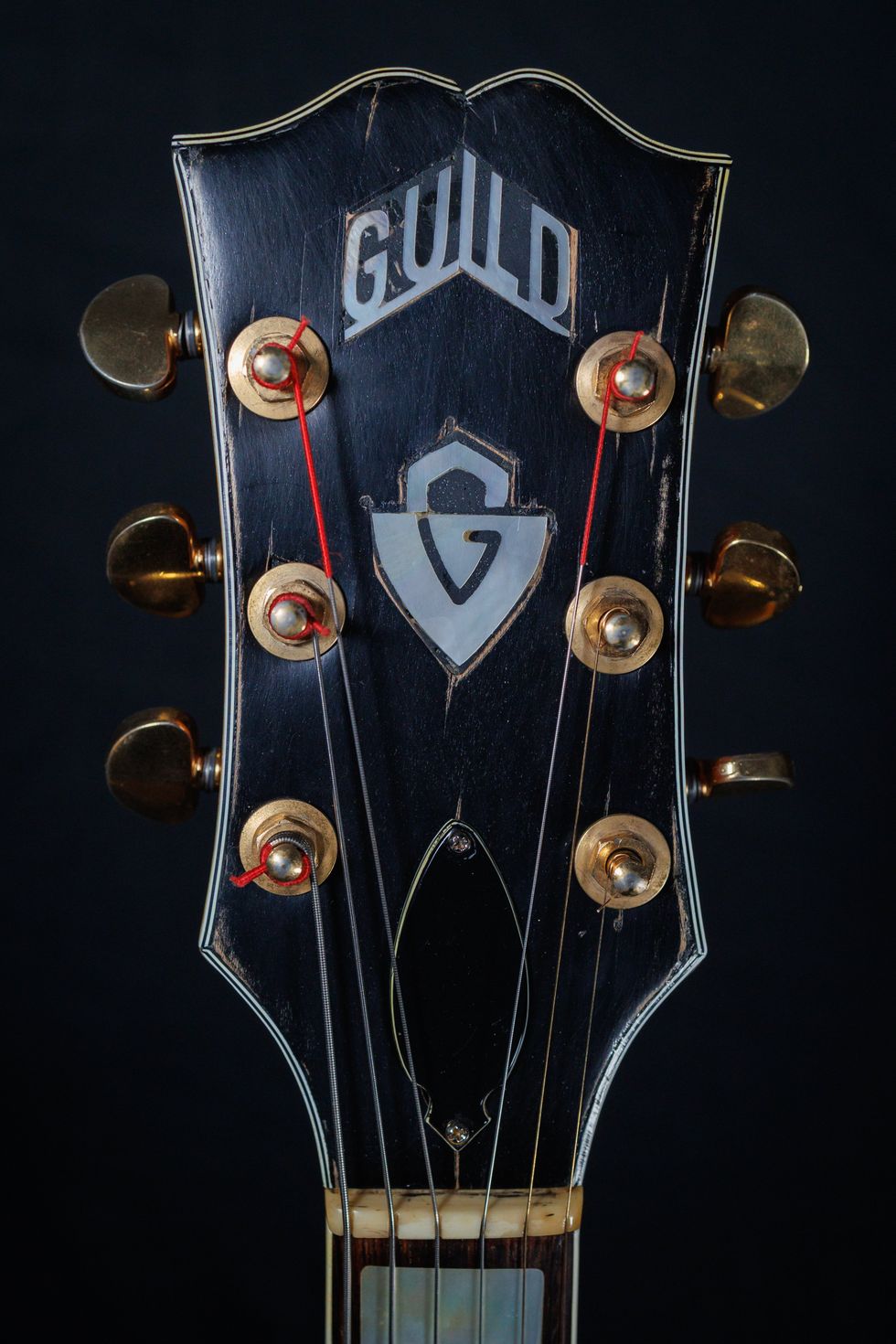
Following Epiphone’s move from NYC to Philadelphia in 1953, several employees began working for the Guild Guitar Company.
Gibson beat Epiphone to the burgeoning guitar market, which touched off an arms race of sorts between the two companies. In 1931, Epiphone tried to pull ahead by introducing their Masterbilt line, featuring guitars that were 3/8" wider than their Gibson counterparts. Gibson followed that up with guitars that were nearly 3 1/2" wider than the Masterbilts, and Epiphone followed that up with a guitar called the Emperor, that was a 1/2" wider still! Competition between the two companies raged on, and Epiphone’s growth would likely have continued unabated if not for the production restrictions of World War II, and the death of Epaminondas in 1943.
Epi’s brothers took control of the company and tried to revamp its offerings with more electric instruments. They gave the Emperor a pickup, and it became the Zephyr Emperor (with the word “Regent” added to the model if it had a cutaway), featuring a cool push-button pickup selector. Unfortunately, this top-of-the-line instrument would be the last hurrah of the storied company, as Epiphone’s finances were shaky, and Epi’s younger brothers proved to not be as gifted in promotion and organization as he had been.
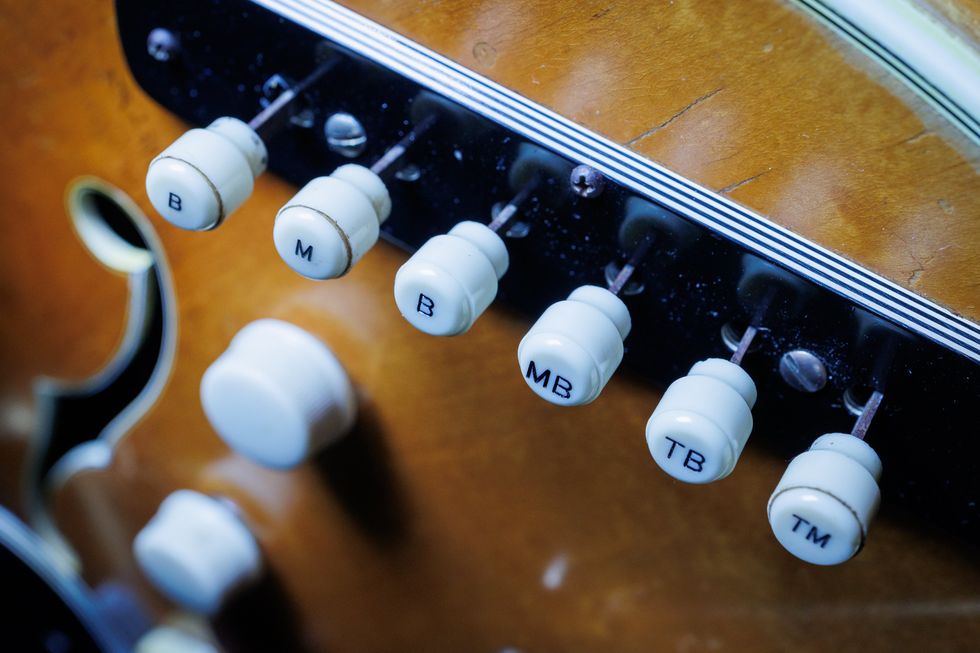
One distinguishing feature on this model and its Epiphone counterpart is its unique push-button pickup selector.
Epiphone’s deteriorating relationship with unions led to a four-month strike and the company moved production to Philadelphia in 1953. But many of the craftsmen chose not to leave New York, and some had already begun working for the nascent Guild Guitar Company, bringing their ideas and designs with them. Eventually, in 1957, Epiphone was sold to Gibson.
Our 1958 Guild X-350B is a near-exact copy of the Epiphone Zephyr Emperor Regent with its three pickups, two knobs, and unique push-button pickup selector that reminds this author of the Chrysler push-button automatic transmissions from the mid ’50s. This is the rare blonde-finished version (hence the “B” in the model name), and behind the 60 years of buckle rash is some beautifully figured maple on the back and sides.
Speaking of buckle rash, sometimes you can just tell that a vintage guitar was very well-loved. This Guild is one of those. The edges of the neck are perfectly rounded, the way only years of playing can achieve, like a piece of glass that’s been rolling around in the ocean for a while and all the corners have rubbed off. Much of the finish on the back of the neck is worn away, and playing this guitar is a delightfully soft experience, sort of like a hug from an old friend.
“Epiphone’s move to banjos proved prescient, and they rocketed ahead of their primary competitor, Gibson.”
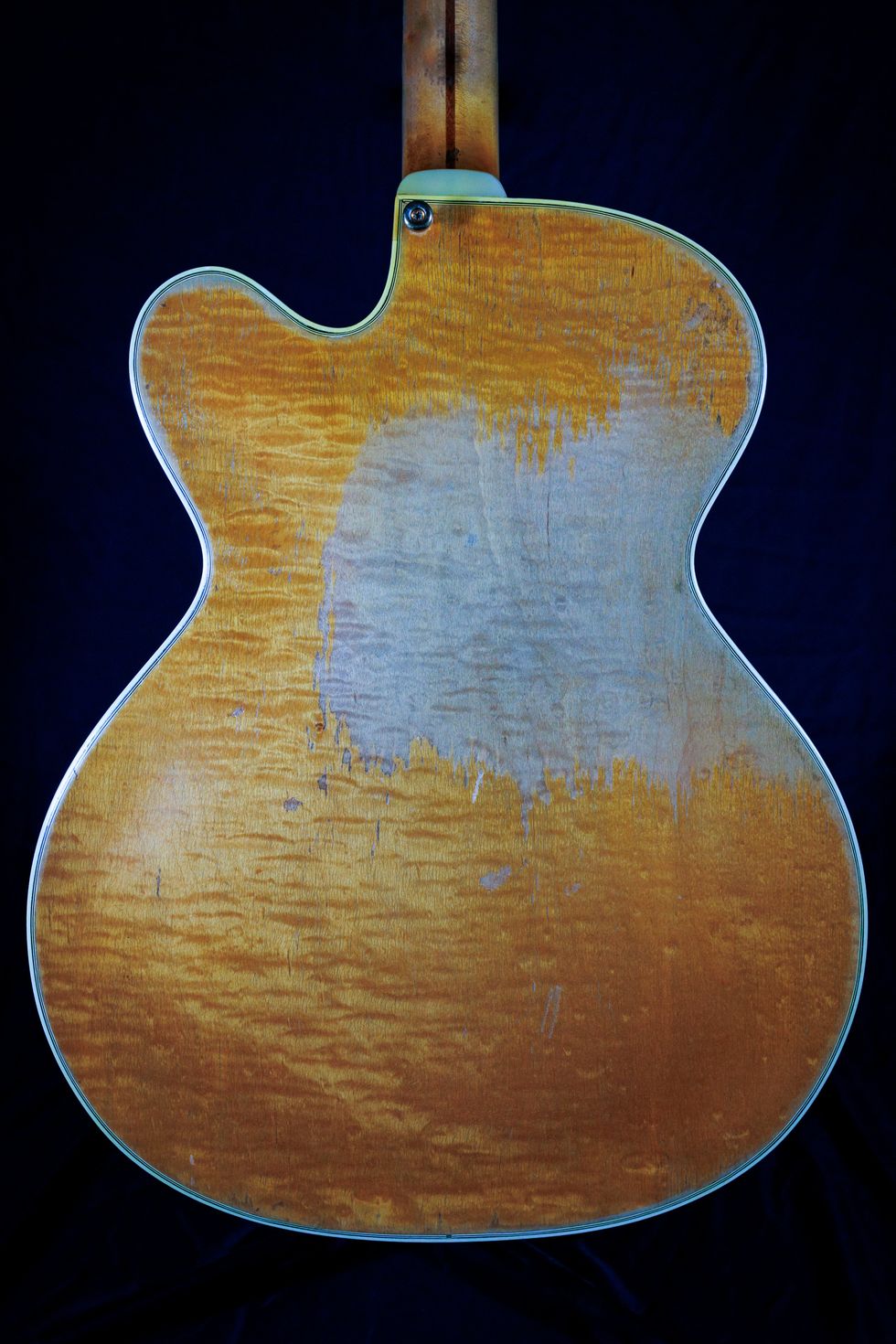
Especially because of the “buckle rash” on the guitar’s back, a sign of heavy use, our columnist deems it very well-loved by its prior owner(s).
Life handed lemons to many of the folks in this story. The Stathopoulo family had to leave their home in Turkey and start a new life in the United States. The employees at Epiphone had to decide whether to move to Philadelphia with their employer or try to find new work in New York. Their collective choices led to this beautiful guitar time-traveling 66 years to our shop, where pretty soon someone will find it as refreshing as a cold glass of lemonade in the summer, and take it home to enjoy for the next 66 years.
Sources: Epiphone.com, “The Epiphone Zephyr Emperor Regent as told by Walter Carter” by Carter Vintage Guitars on YouTube, Gruhn’s Guide to Vintage Guitars by Walter Carter and George Gruhn.
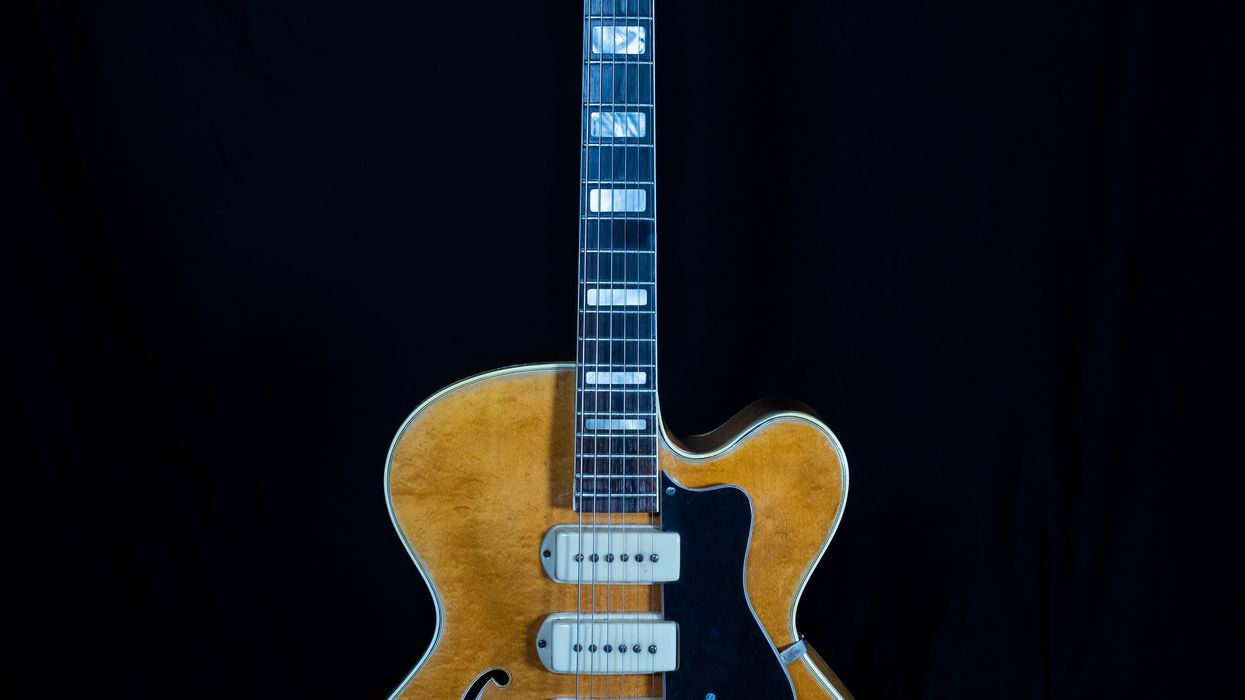

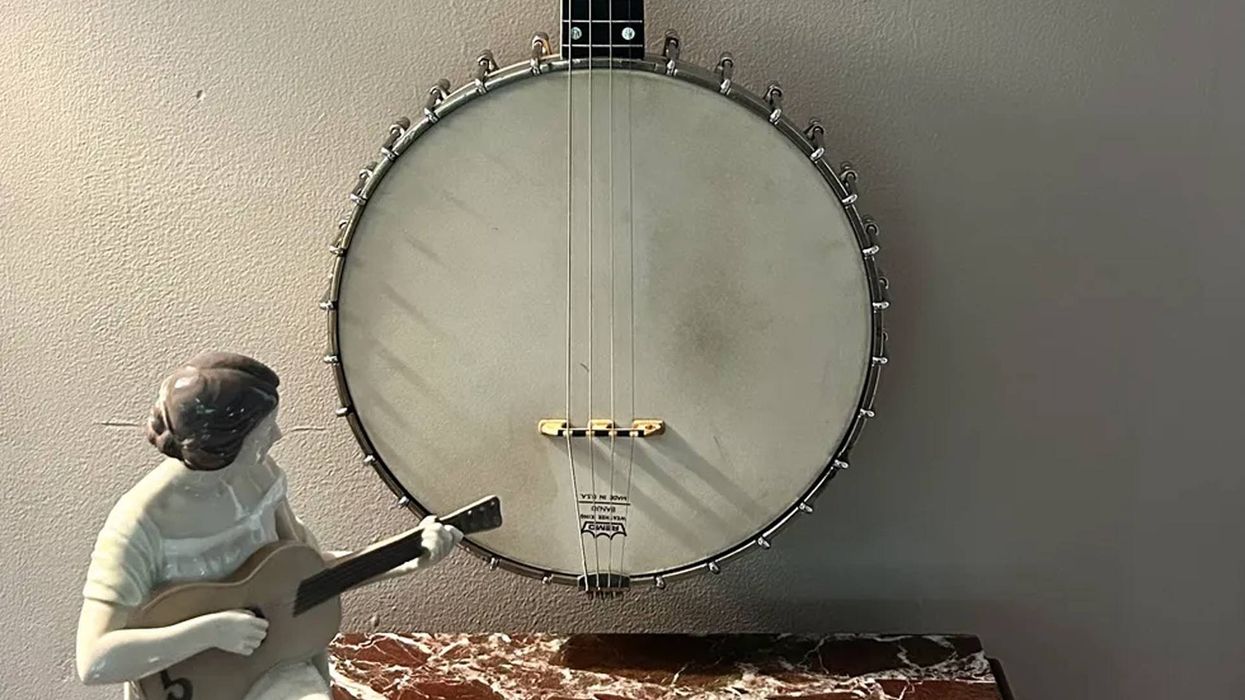
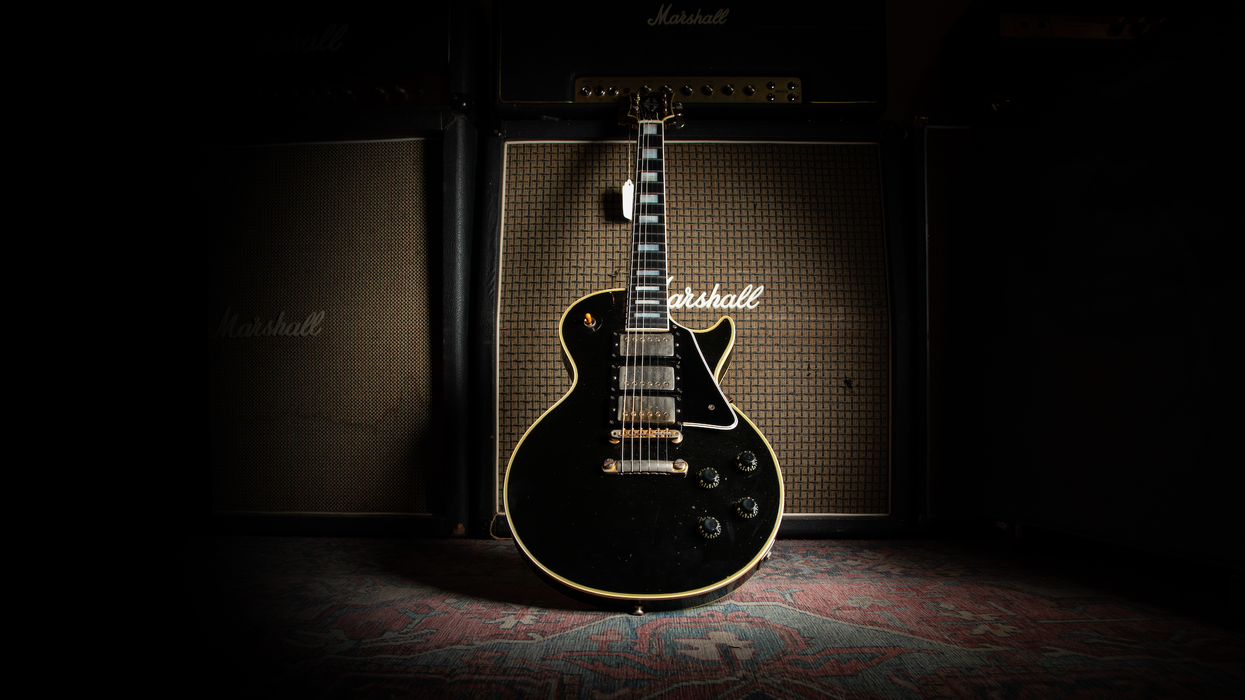
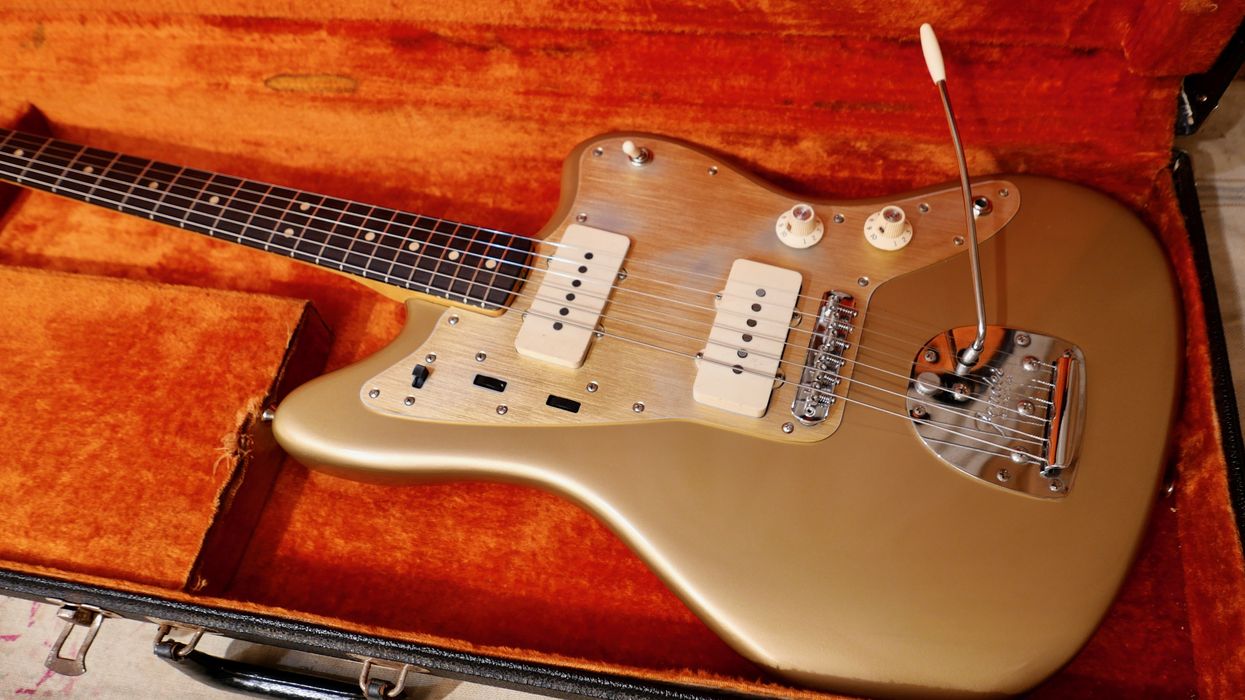
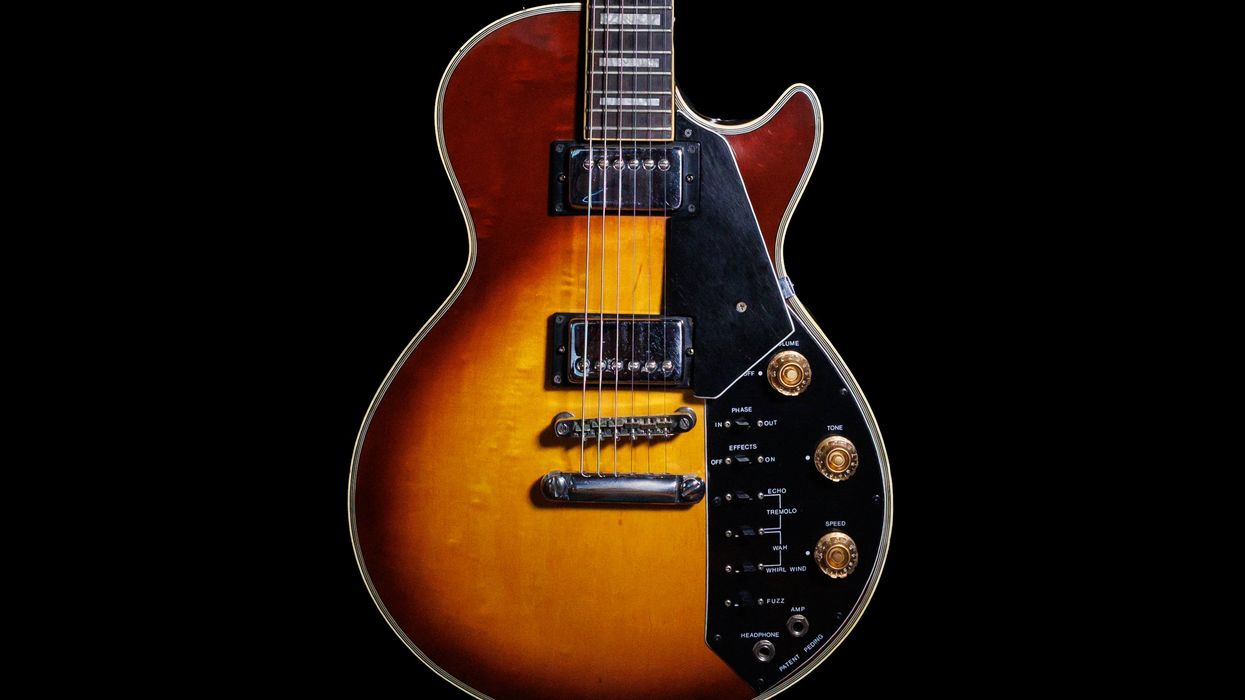
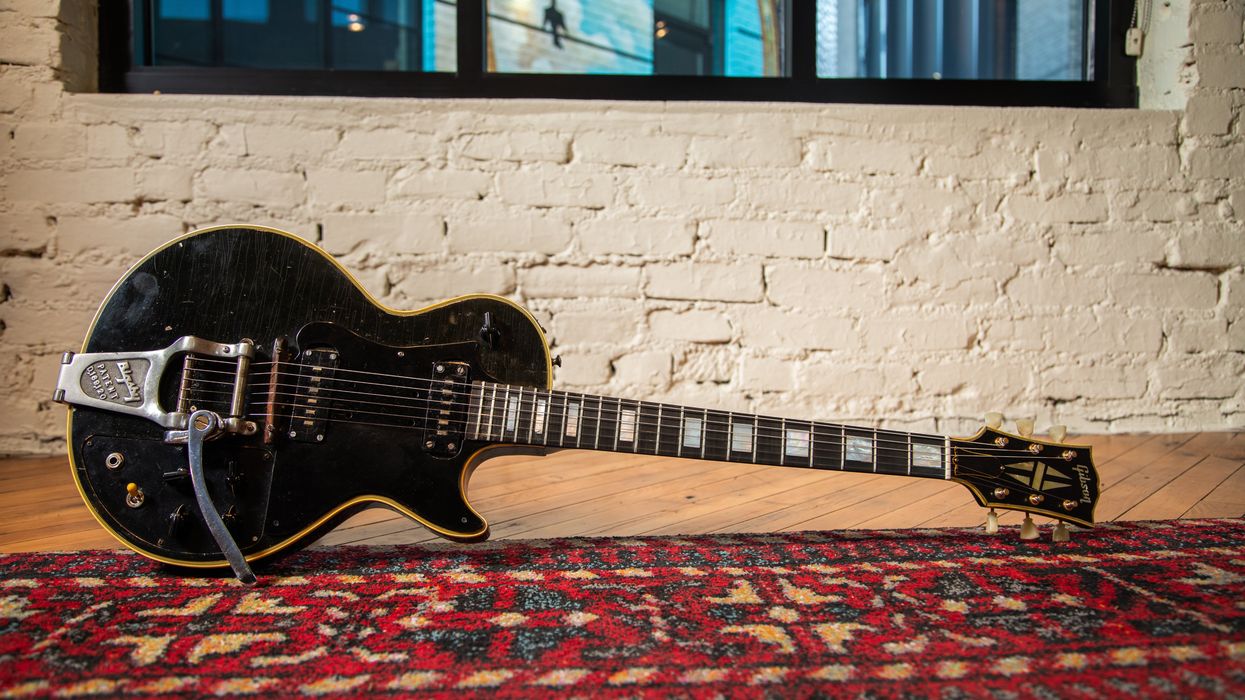
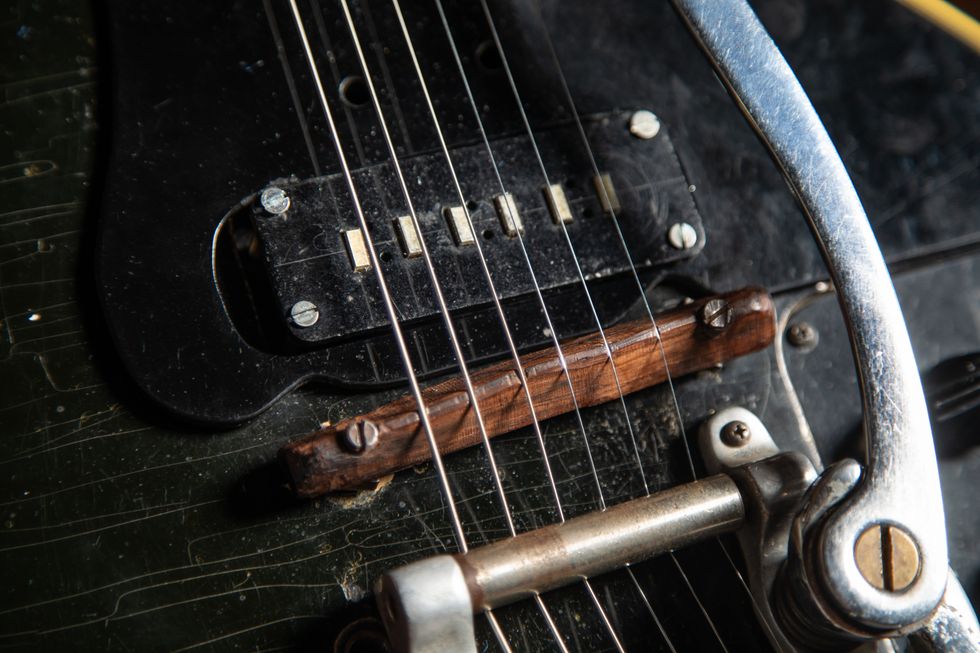
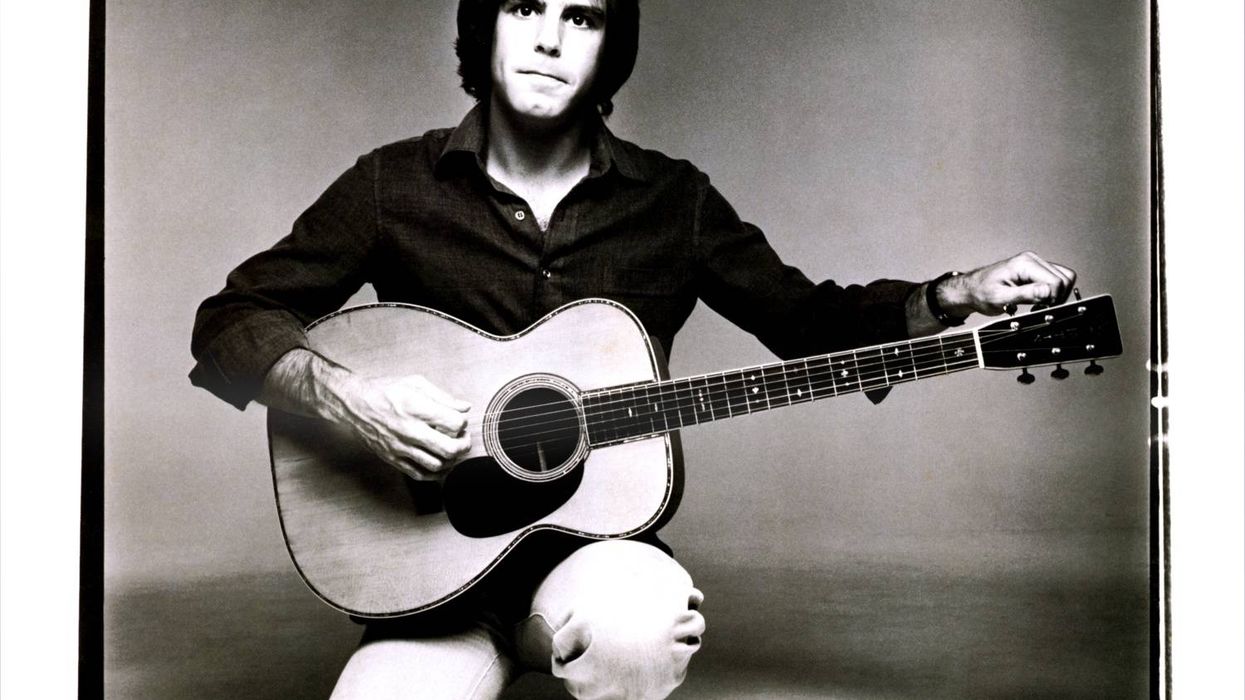
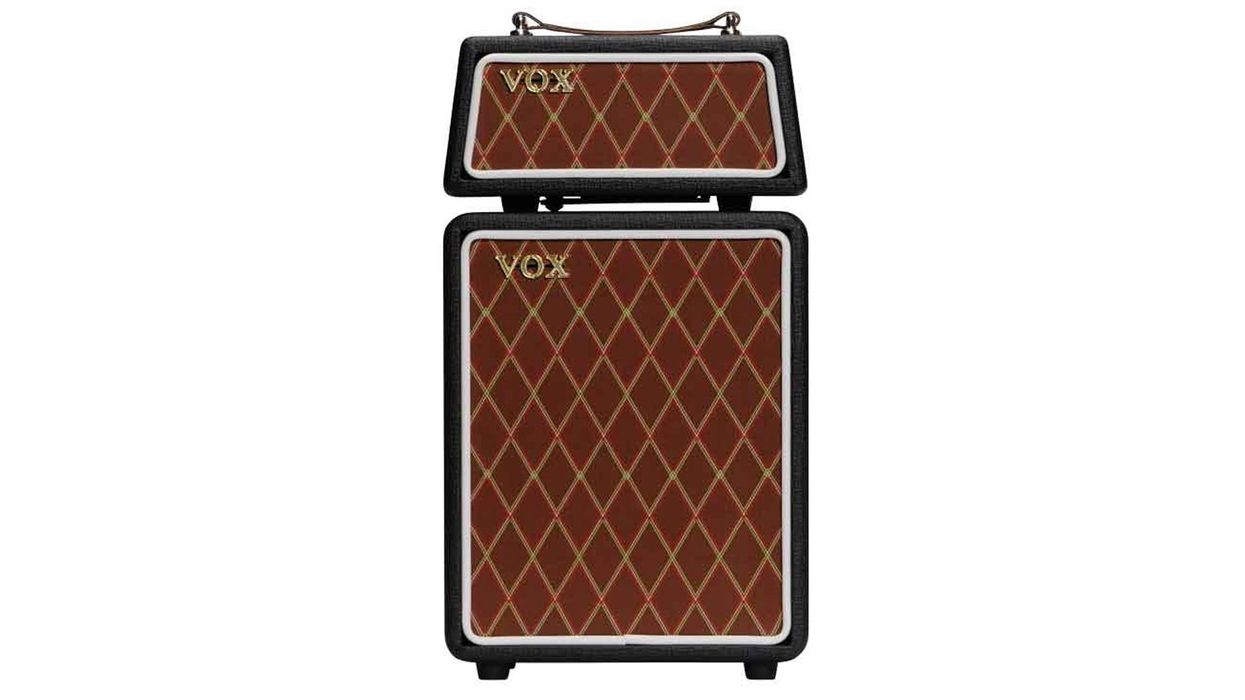

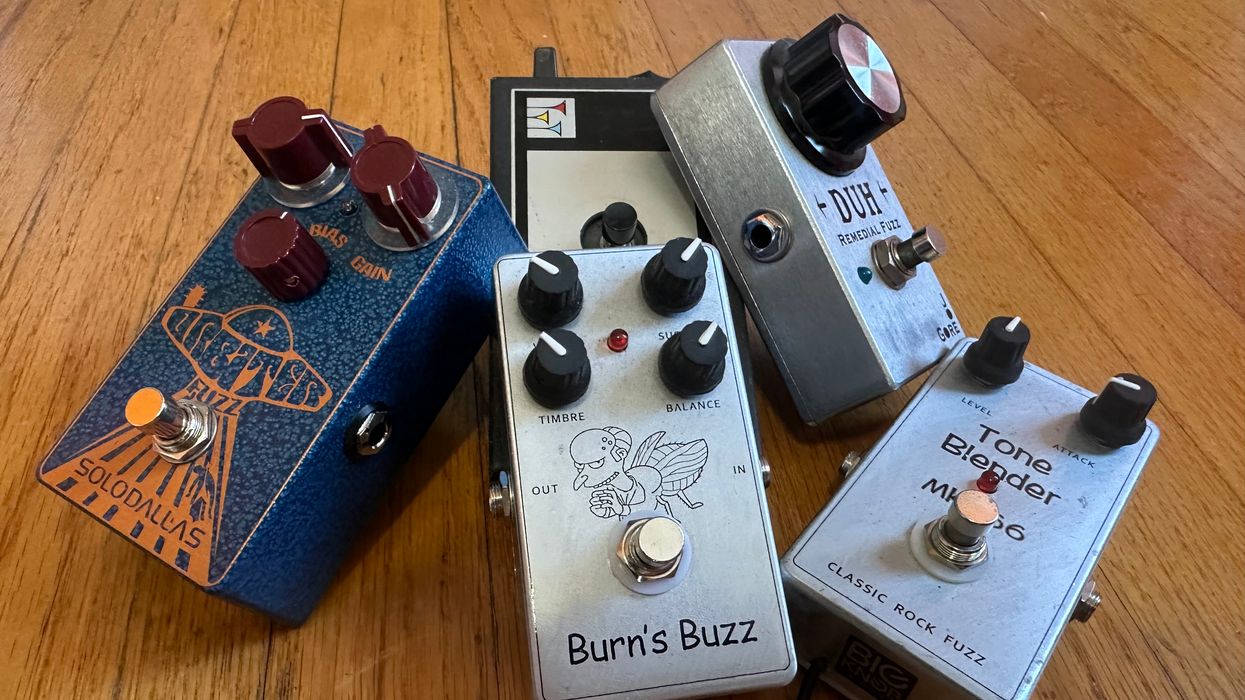
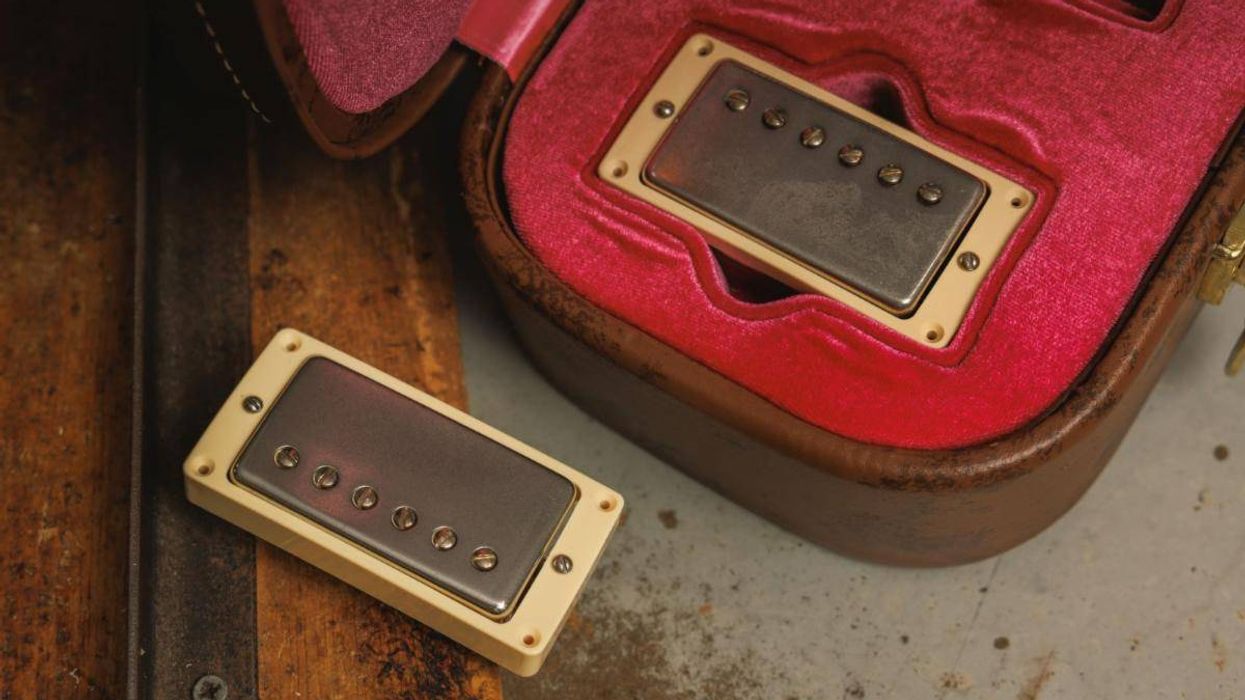
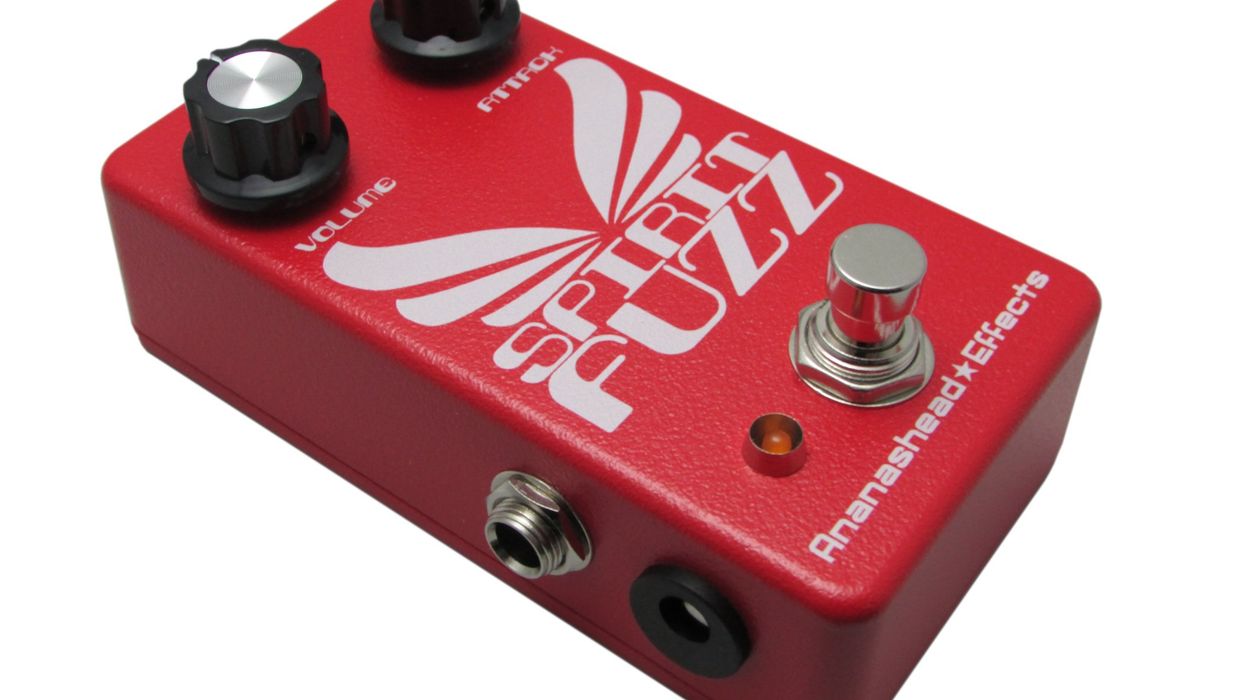
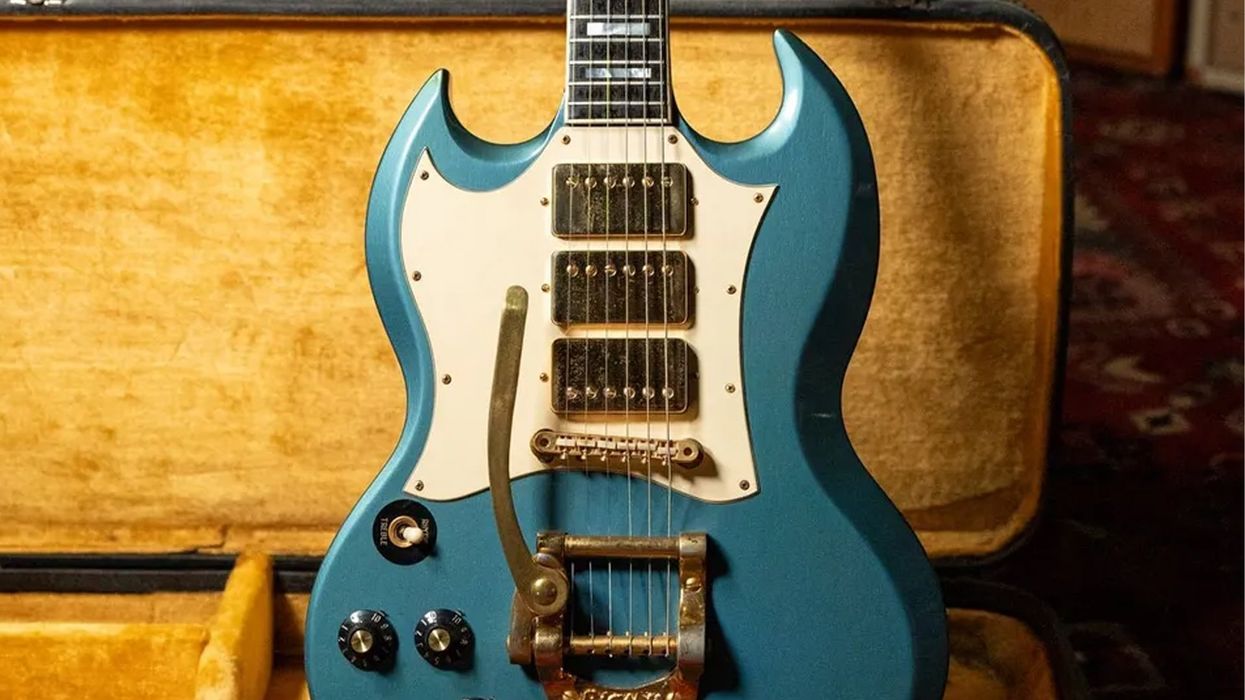
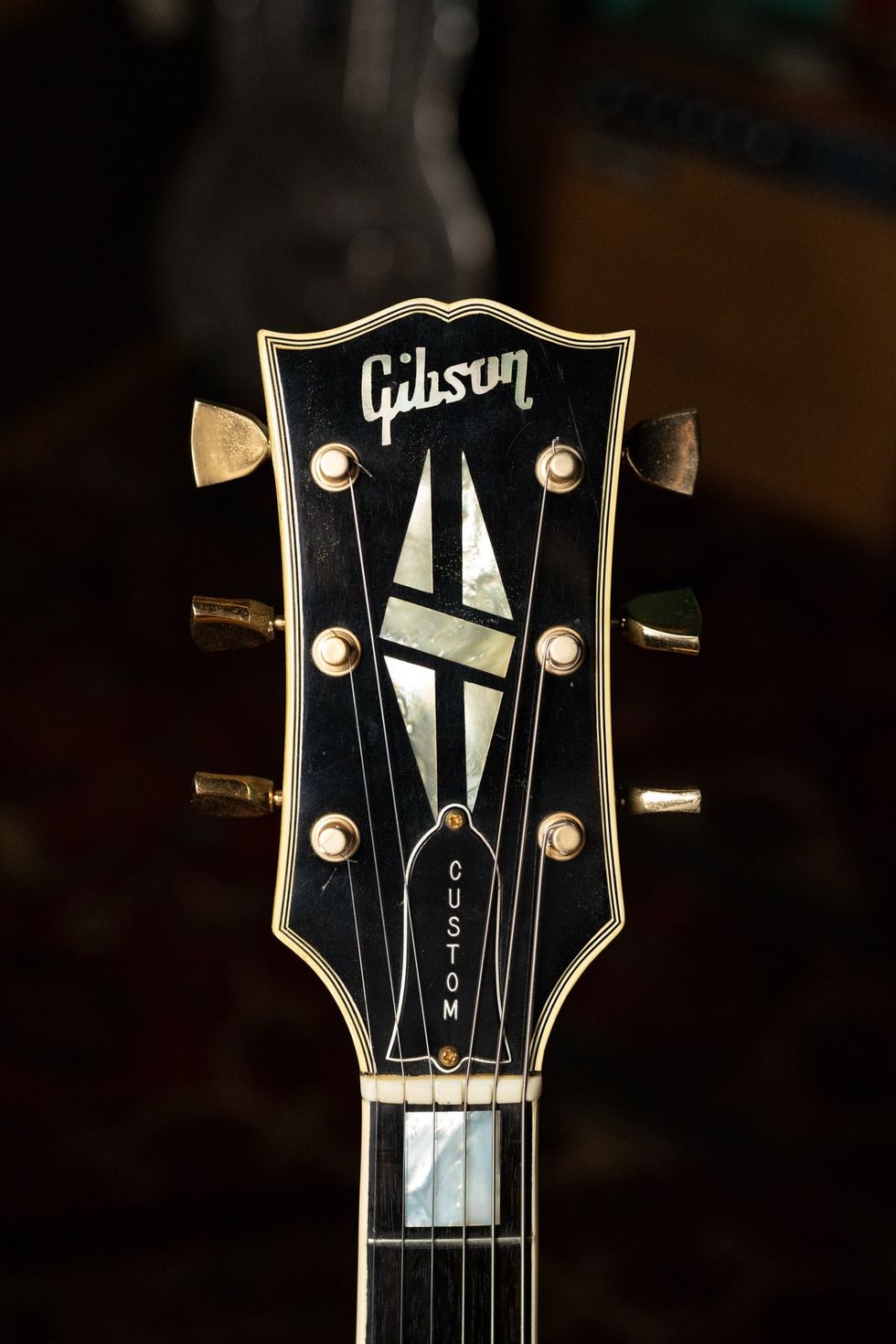
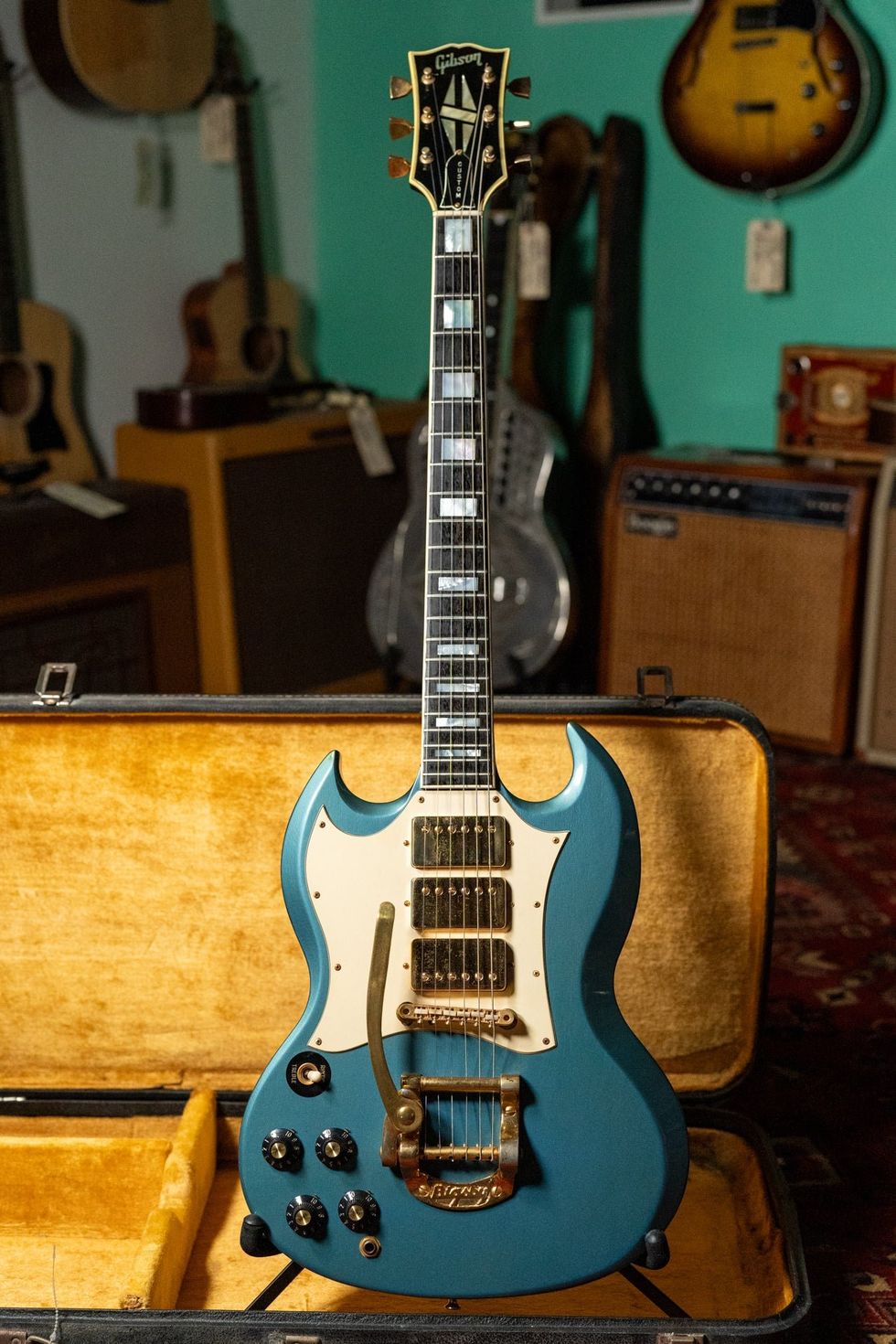 Whether or not Jimi Hendrix actually played this guitar might come down to how lucky its buyer feels.Photo courtesy of Imperial Vintage Guitars Reverb Shop
Whether or not Jimi Hendrix actually played this guitar might come down to how lucky its buyer feels.Photo courtesy of Imperial Vintage Guitars Reverb Shop